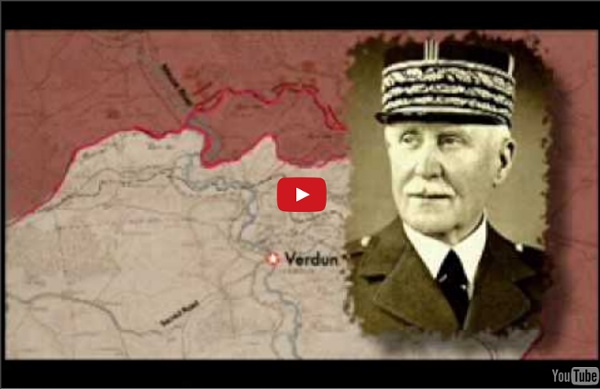



Russian Revolution — History.com Articles, Video, Pictures and Facts The February Revolution (known as such because of Russia’s use of the Julian calendar until February 1918) began on March 8, 1917 (or February 23 on the Julian calendar), when demonstrators clamoring for bread took to the streets in the Russian capital of Petrograd (now called St. Petersburg). Supported by huge crowds of striking industrial workers, the protesters clashed with police but refused to leave the streets. On March 11, the troops of the Petrograd army garrison were called out to quell the uprising. The imperial government was forced to resign, and the Duma formed a provisional government that peacefully vied with the Petrograd Soviet for control of the revolution.
The Treaty of Versailles The Treaty of Versailles was the peace settlement signed after World War One had ended in 1918 and in the shadow of the Russian Revolution and other events in Russia. The treaty was signed at the vast Versailles Palace near Paris - hence its title - between Germany and the Allies. The three most important politicians there were David Lloyd George, Georges Clemenceau and Woodrow Wilson. The Versailles Palace was considered the most appropriate venue simply because of its size - many hundreds of people were involved in the process and the final signing ceremony in the Hall of Mirrors could accommodate hundreds of dignitaries. World War One had left Europe devastated. Britain : 750,000 soldiers killed; 1,500,000 woundedFrance : 1,400,000 soldiers killed; 2,500,000 woundedBelgium : 50,000 soldiers killedItaly : 600,000 soldiers killedRussia : 1,700,000 soldiers killedAmerica : 116,000 soldiers killed Those who had fought against the Allies suffered heavy casualties as well: Territorial 1.